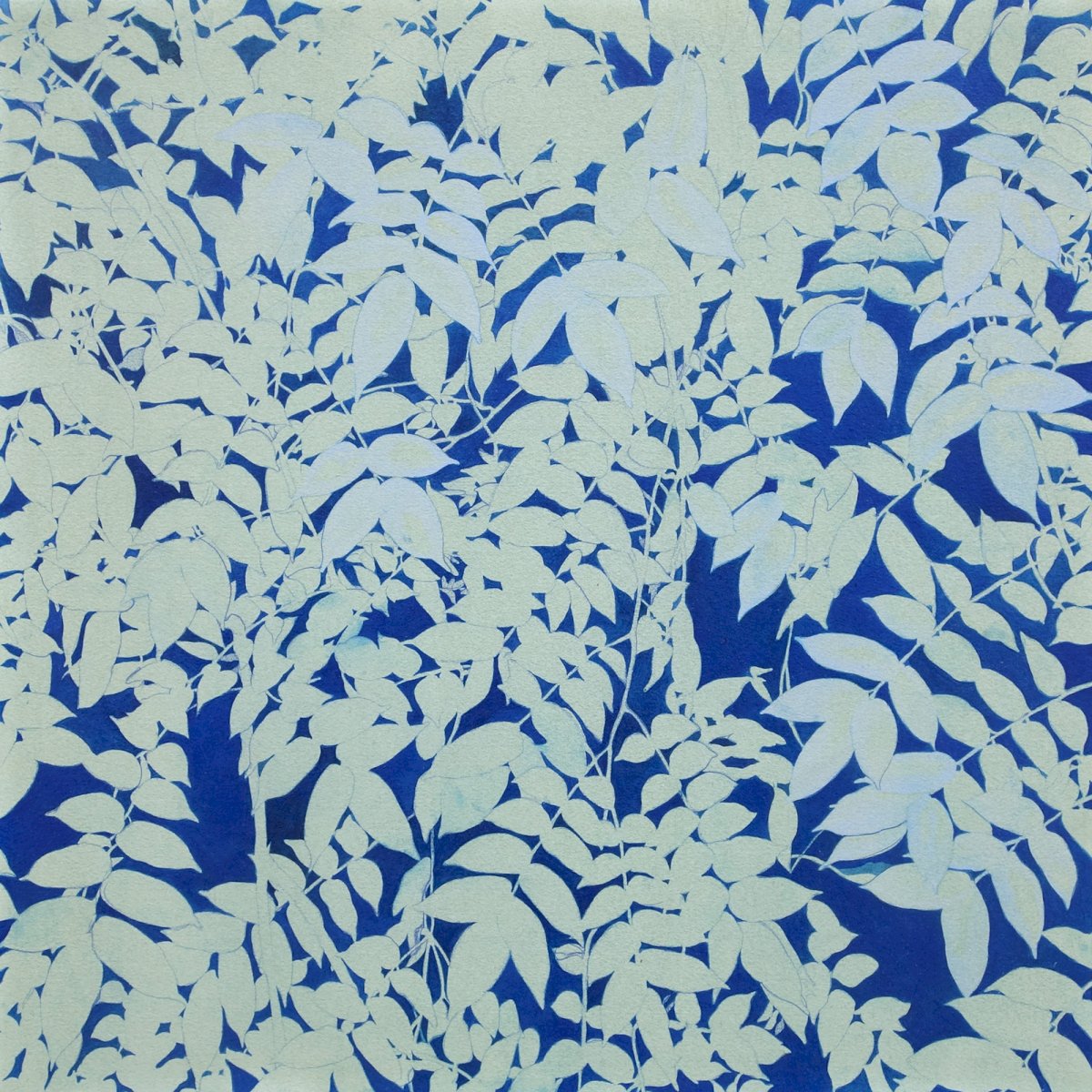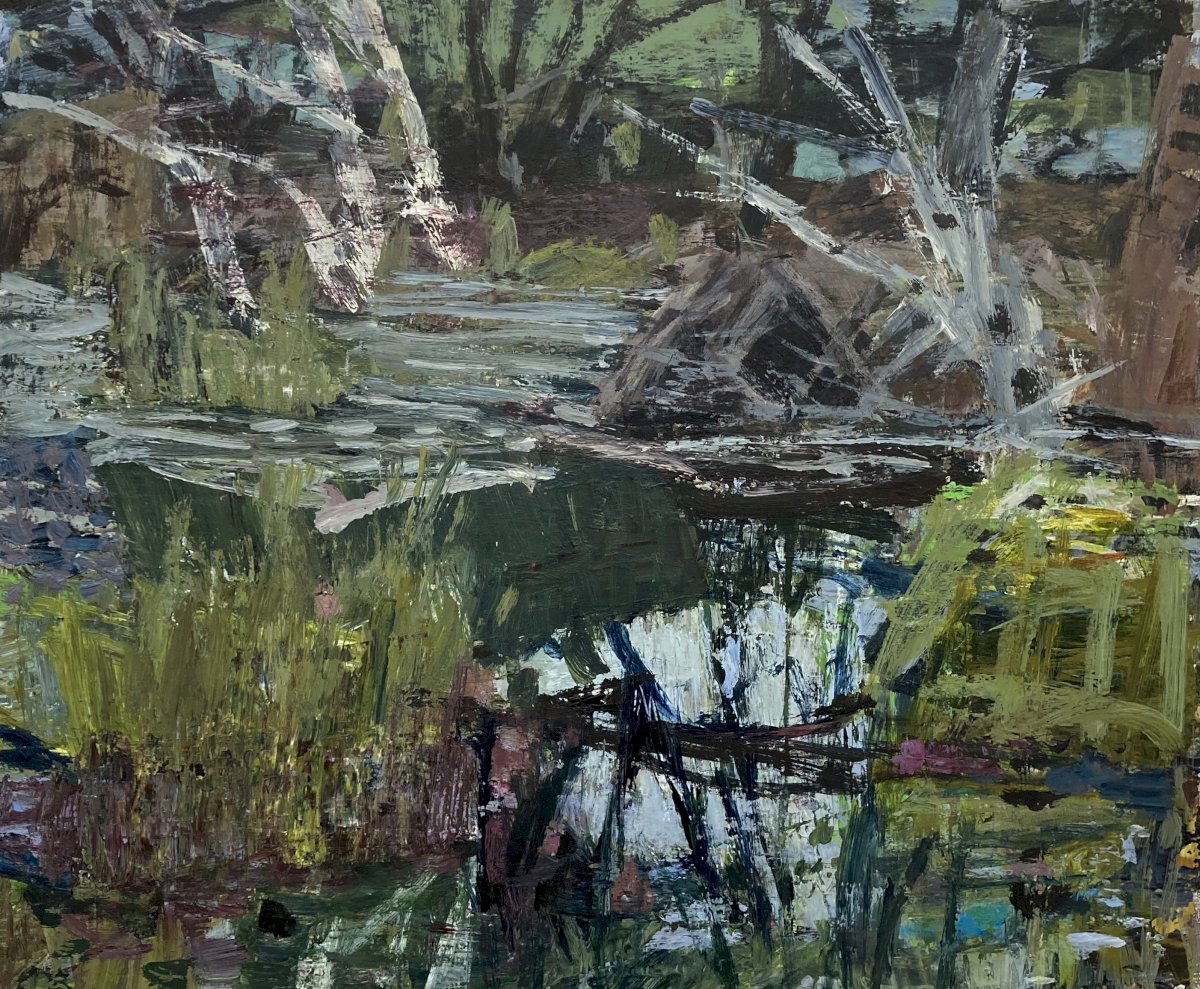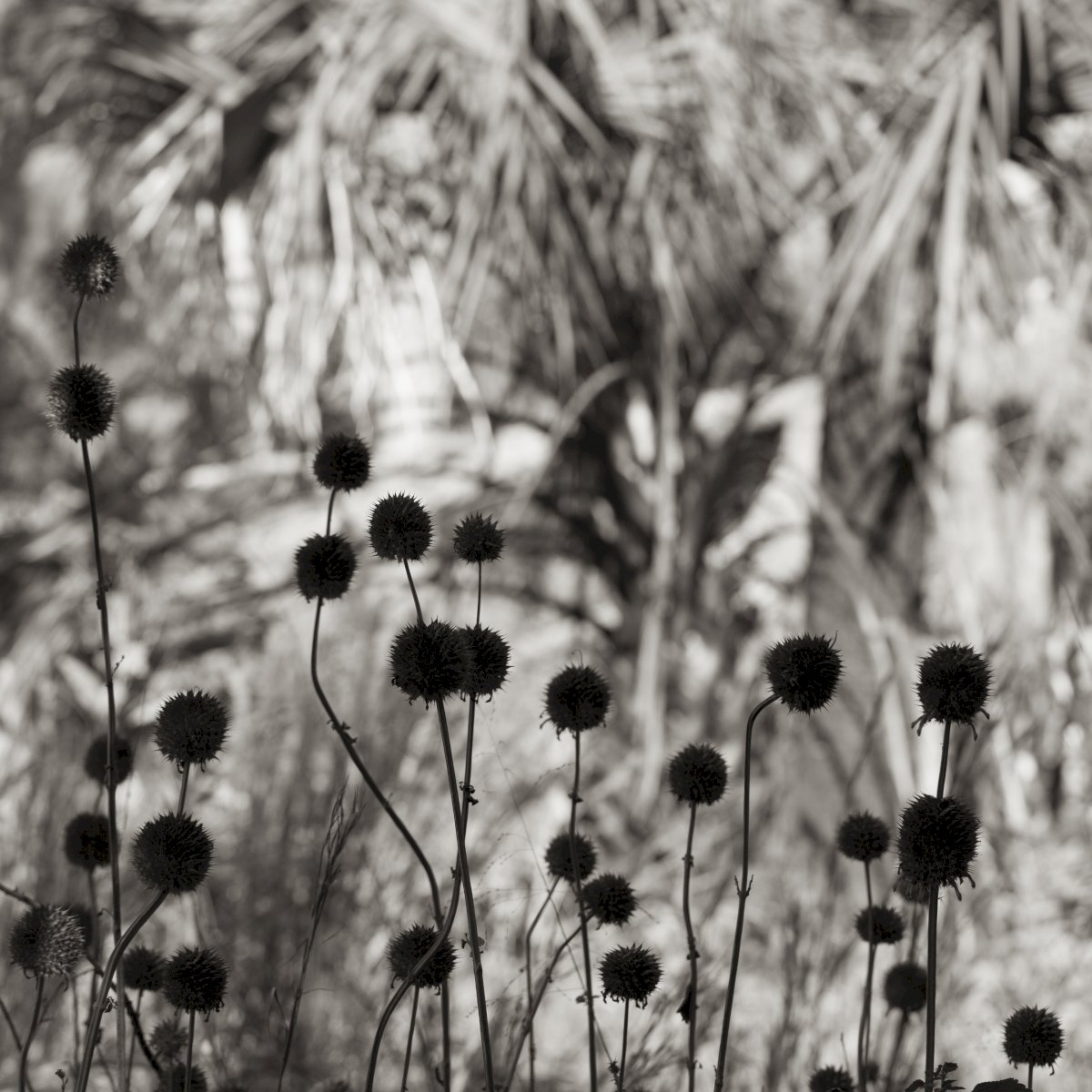Exhibition | The Shape of Leaves
May 19 - June 11, 2022
Wild or cultivated, we are captivated by the growth of our natural surroundings. These depictions of gardens and forests engage with the complexity of plants, trees, and flowers through moments both big and small.
featuring artists: Siri Beckman, Hannah Berta, J.T. Gibson, Brenton Hamilton, Marc Hanson, Jessica Lee Ives, David Jacobson, Breehan James, Sal Taylor Kydd, Susan Lichtman, Joanna Logue, Nathaniel Meyer, Peter Moriarty, Antonia Munroe, Colin Page, George Pearlman
THE SHAPE OF LEAVES
um·brage
1. leaves that afford shade, as the foliage of trees.
2. shade or shadows, as cast by trees.
3. a shadowy appearance or semblance of something.
Breehan James and Hannah Berta paint individual leaf shapes across their paintings. The deeply familiar organic shapes lap at our memory. Breehan dapples the canvas with leaves and the sunlit shapes that fall between their cast shadows. The leaf shapes unify the scene and bathe everything in a calm felt only when we are in among trees. Hannah Berta uses cut paper and silhouetted oil drawings to reveal the essential contours. We can recognize entire plants from just the shape of their leaves. The delineated silhouettes conjure our own awestruck moments in nature.
OBSERVED NATURE
mac·ro·cosm
1. the great world or universe; the universe considered as a whole
2. the total or entire complex structure of something
3. a representation of a smaller unit or entity by a larger one, presumably of a similar structure
Almost an inverse approach, Susan Lichtman and Joanna Logue paint without a framework, using patches of color and light to suggest a layered surface that reads as dimensional space. The end result can be more true to observational looking, alive, dynamic, and rich to our experience. Colors run into and against each other, sometimes defining an edge and other times obliterating the distinction between two objects. Their mark making and color are reminders of moments felt and observed.
OBSCURED VIEWS
trac·er·y
1. a delicate branching pattern
2. ornamental openwork, as in the upper stonework of a gothic window
Foliage can be a foreground as in Sal Taylor Kydd’s photograph and Breehan James painting. Leaves can act as an obscuring privacy screen, a lacey window treatment, or a tantalizing eclipse of the reveal behind. Leaves and branches in the foreground keep the viewer outside of the pictorial space, while also bringing us so close to the edge of the scene we could reach out and touch what we cannot enter.
WOVEN SCENES
in·ter·twine
1. twist or twine together
2. connect or link (two or more things) closely
Standing at the edge of the forest, leaves and branches and often whole trees become intertwined. Lines and colors cross over each other, as in Colin Page’s painting. Linear branches move in and out of focus over swatches of color. Parts of the painting could be a patchwork quilt of color, held together by intersecting branches. The central figure becomes part of the tree as her arm mimics a branch like the one she holds onto. On his glazed pots, George Pearlman uses the visual vocabulary of nature’s landscapes. Lines twist and turn, overlay and weave over soft greenish hues, leading us to imagine the field and forest as our eyes move around the porcelain.







